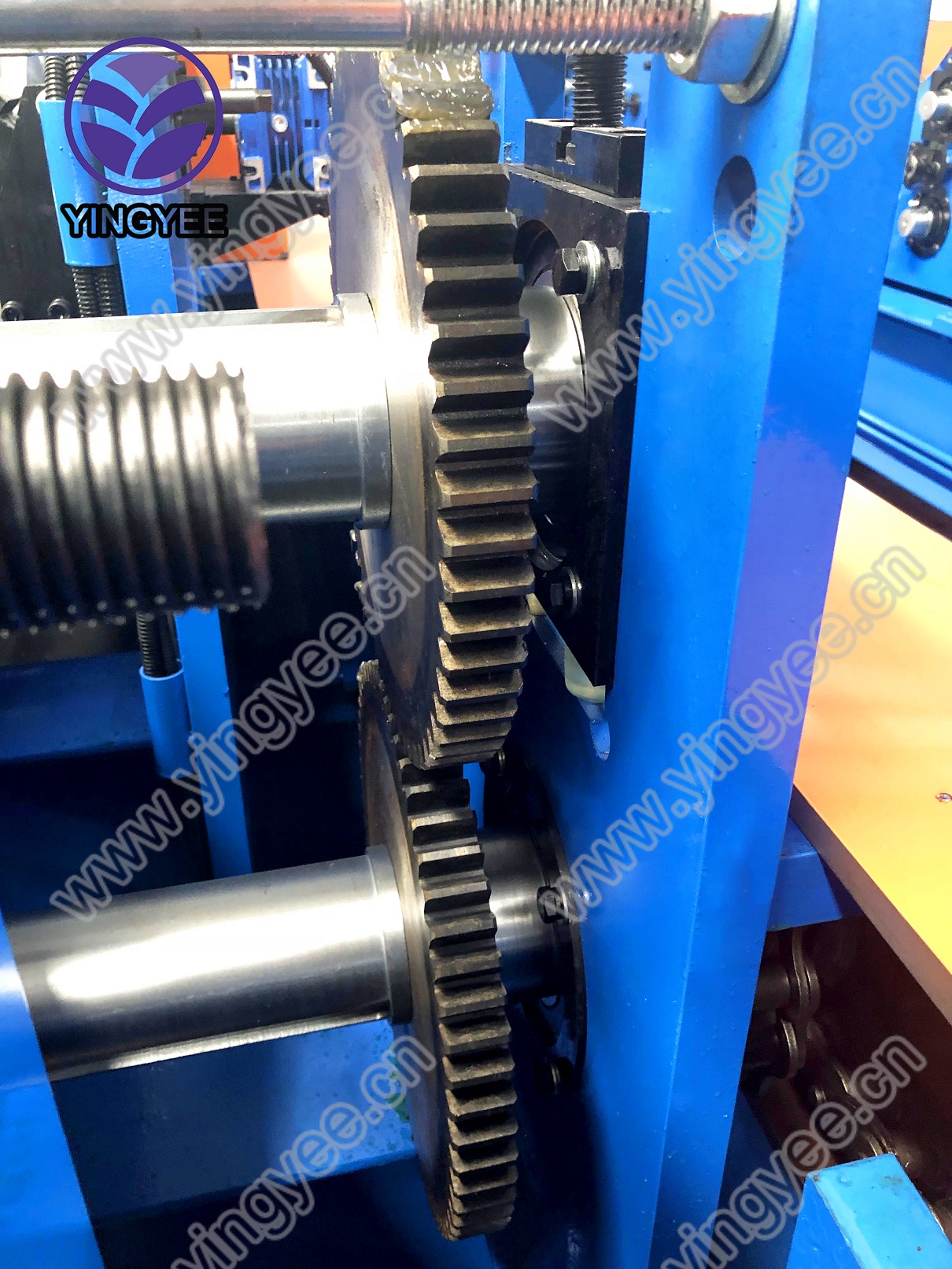
The Revolutionary C/Z Purlin Automatic Line Enhancing Efficiency in Steel Fabrication
In the world of construction, efficiency and precision are paramount. As the demand for durable and lightweight building materials continues to rise, C/Z purlins have emerged as essential components for modern structures. These purlins, typically made from steel, provide vital support for roofs and walls, and their manufacturing process has undergone significant advancements. One of the most notable innovations in this sector is the introduction of the C/Z purlin automatic line, which revolutionizes the way these components are produced.
Understanding C/Z Purlins
C/Z purlins are named for their distinctive shapes; the C and Z refer to the cross-sectional profiles that resemble the letters. C purlins are generally used for the horizontal support of roofs and walls, while Z purlins are often employed in applications requiring vertical supports. The choice between C and Z profiles often depends on structural requirements and the load they are designed to handle. These purlins can be manufactured in various dimensions and steel grades, making them versatile for different construction needs.
The Benefits of an Automatic Line
1. Increased Production Speed Traditional manufacturing methods for C/Z purlins often involve multiple manual processes, which can be time-consuming and labor-intensive. The automatic line significantly enhances production speed by streamlining each step of the manufacturing process. This includes cutting, punching, and forming, all of which can now be completed in a fraction of the time it would take using manual techniques.
2. Improved Accuracy and Consistency One of the challenges in manufacturing purlins manually is maintaining consistent dimensions and quality. The automatic line utilizes advanced technology, including precision robotics and Computer Numerical Control (CNC) systems, to ensure that every purlin meets exact specifications. This not only reduces waste due to errors but also enhances the overall quality of the end product, leading to better structural integrity.

3. Cost-Effectiveness While the initial investment in an automatic line may seem high, the long-term savings are substantial. By reducing labor costs and minimizing material wastage, manufacturers can significantly lower their overall production costs. Additionally, faster production times enable manufacturers to fulfill orders more rapidly, which can lead to increased customer satisfaction and repeat business.
4. Adaptability and Customization The modern C/Z purlin automatic line is designed to be highly adaptable. Manufacturers can easily adjust the machinery to produce purlins of different sizes and shapes to meet changing customer demands. This flexibility is vital in today’s dynamic construction environment, where projects often have specific and evolving requirements.
5. Sustainability In an era where sustainability is at the forefront of industrial operations, automated lines can contribute to a greener manufacturing process. By optimizing material usage and reducing scrap, manufacturers can lessen their environmental impact. Moreover, the efficient use of energy in automated processes aligns with global efforts to minimize carbon footprints.
Future Prospects
As technology continues to evolve, the C/Z purlin automatic line is expected to advance further. Innovations such as AI and machine learning could enhance predictive maintenance and process optimization, ensuring even greater efficiency and reliability. Furthermore, as the construction industry gradually shifts towards more sustainable practices, these automated systems may incorporate eco-friendly materials and manufacturing techniques.
Conclusion
The introduction of the C/Z purlin automatic line marks a significant milestone in the steel fabrication industry. By enhancing production speed, accuracy, and adaptability, this technology not only meets the growing demand for high-quality purlins but also paves the way for a more efficient and sustainable future in construction. As the industry continues to evolve, the integration of automated systems will be crucial in meeting the challenges of modern construction, ensuring that buildings are not only strong and durable but also eco-friendly and cost-effective. The future of purlin production looks bright, driven by innovation and the relentless pursuit of excellence.